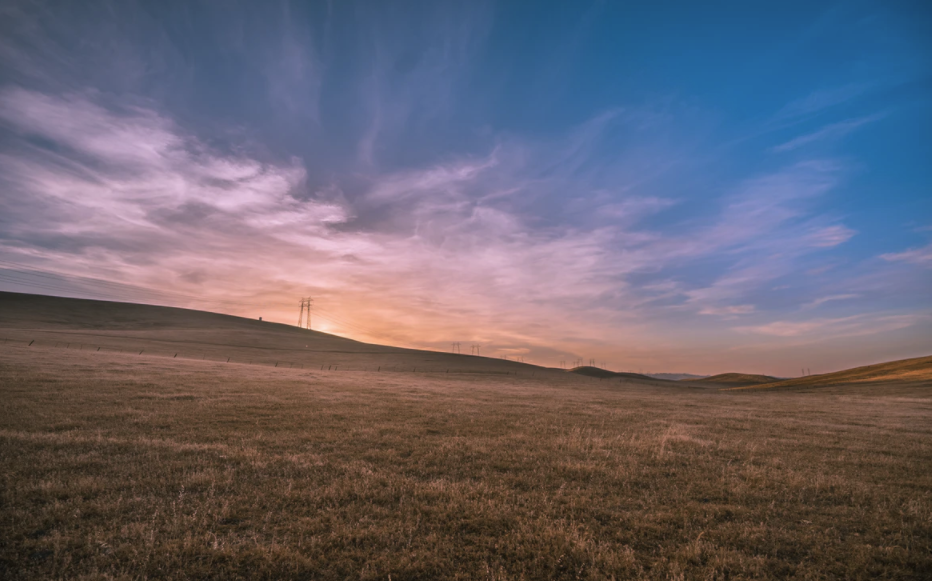Welcome to our latest blog post where we explore the art of desertscaping – the perfect solution for transforming vacant lots into stunning, low-maintenance landscapes. Whether you’re a homeowner, a property developer, or just someone with a keen interest in sustainable landscaping, this guide offers a wealth of ideas to turn any barren plot into an aesthetic and eco-friendly space.
1. The Allure of Artificial Grass
When it comes to low-maintenance landscaping, artificial grass stands out as a popular choice. It offers the lush look of a traditional lawn without the constant upkeep. Richard Callahan, lead landscape architect at El Paso Artificial Grass & Turf, emphasizes the benefits: “Artificial grass is a game-changer for property owners. It’s not only about reducing maintenance but also about embracing an eco-friendly option that saves water and looks great year-round.”
2. Rock Landscaping: The Heart of Desertscaping
Xeriscaping, or rock landscaping, is a cornerstone of desertscaping. Utilizing a mix of rocks, gravel, and boulders, it creates a visually appealing and water-efficient landscape. The beauty lies in its versatility – you can choose from a wide range of colors and sizes to suit your style.
3. Embracing Native Plants
Incorporating native or drought-resistant plants is a sustainable choice that adds a touch of greenery. These plants are well-adapted to the local climate, requiring minimal water and care, yet they add significant aesthetic value to your landscape.
4. Mulching for Moisture and Aesthetics
Mulching is a great way to retain soil moisture, suppress weeds, and add a neat, finished look to your desert garden. Organic mulches like wood chips or bark can also improve soil quality over time.
5. Cacti and Succulents: The Desert’s Jewels
Cacti and succulents are synonymous with desert landscaping. These hardy plants require minimal water and maintenance and offer unique shapes and textures to your garden.
6. Creating Pathways with Character
Adding pathways using stepping stones or pavers not only enhances the functionality of your garden but also adds an element of design and structure.
7. Decorative Touches for Personal Flair
From dry creek beds to rock gardens, incorporating decorative elements can significantly elevate the overall look of your desert landscape.
8. Integrating Water Features
While desertscaping is often associated with dry landscapes, a small, well-designed water feature can add a surprising and refreshing twist to your garden.
9. Eco-friendly Lighting with Solar Power
Solar-powered lights are an excellent choice for environmentally conscious lighting. They provide a charming ambiance at night without increasing your energy footprint.
In conclusion, desertscaping offers a plethora of options for those looking to convert a vacant lot into a beautiful, sustainable, and low-maintenance space. By combining different elements like artificial grass, rock landscaping, and native plants, you can create a unique and personal outdoor area that aligns with your environmental values and aesthetic preferences.
Remember, every vacant lot holds the potential to be a desert masterpiece. It’s all about selecting the right elements that suit your style and local environment.


